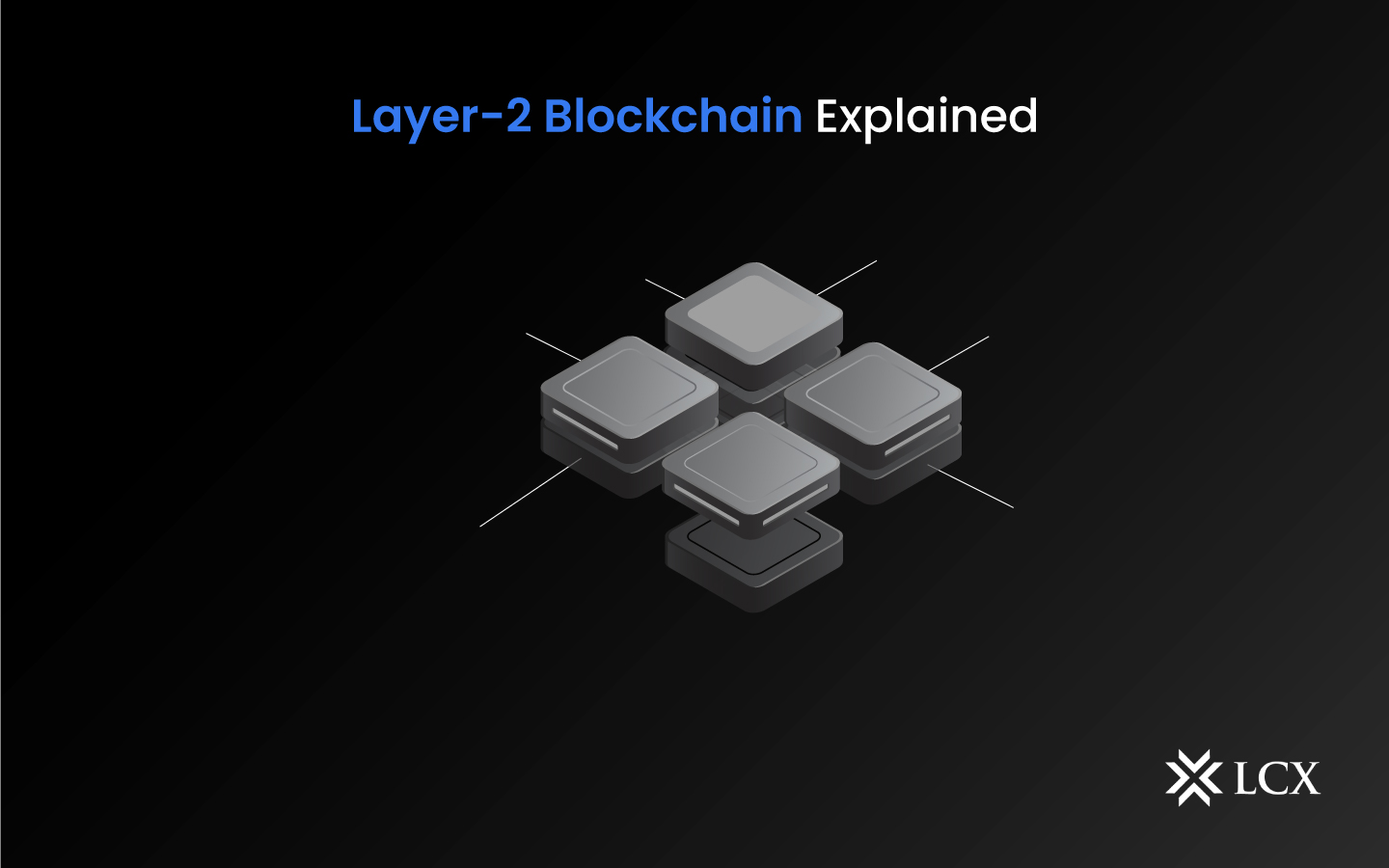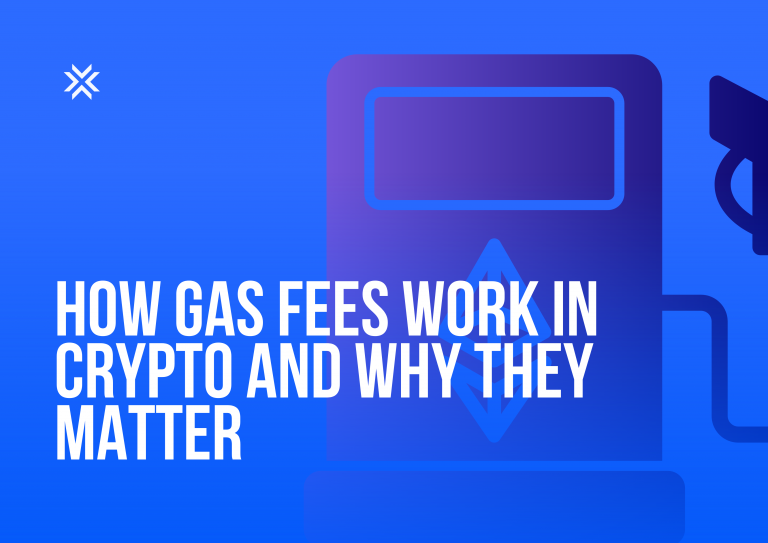Blockchain technology has revolutionized the way we conduct transactions and transfer value. Layer 1 blockchains typically begin with a focus on decentralization and security, both of which are fundamental tenets of any sound network and (with some exceptions) are maintained by a diverse, global network of developers and participants such as validators. Due to the absence of a central authority or oversight, these platforms rely on the inherent security of the technology to safeguard users from scams and attacks. And because of this design priority, as well as the enormous resources required to maintain a completely functional ecosystem, they have frequently lacked scalability. While some developers believe that the inability to achieve a balance between security, decentralization, and scalability is an inherent flaw in the technology (termed the Blockchain Trilemma), layer 2 solutions, such as rollups on Ethereum and the lightning network on Bitcoin, are one solution used to address these problems.
What is a Layer-2 Blockchain?
Blockchain Layer 2 solutions are protocols that operate on top of a Layer 1 blockchain (such as Bitcoin or Ethereum) to enhance scalability, privacy, and other attributes of the underlying blockchain. State channels, sidechains, optimistic Rollups, and zero-knowledge Rollups are the most prevalent solutions.
The Layer 2 solutions are designed to address the inherent limitations of the first-generation blockchain technology, such as slow transaction speeds and high transaction costs. The main objective of Layer 2 solutions is to improve the scalability of the blockchain network while maintaining its security and decentralization.
Layer 2 solutions work by building an additional layer on top of the existing blockchain network. This layer enables the execution of smart contracts off the main blockchain, reducing the burden on the network and improving transaction speeds. Layer 2 solutions can also reduce the cost of transactions, making blockchain technology more accessible to the masses.
Typically, Layer 2 blockchains fall into the following categories:
- State channels enhance scalability by enabling off-chain transaction processing.
- Sidechains enhance interoperability by enabling the transmission of assets between blockchains.
- Optimistic Rollups permit smart contracts to be executed off-chain, thereby enhancing scalability and decreasing transaction fees.
- Zero-knowledge Rollups enhance privacy by enabling the verification of transactions without disclosing sensitive information.
Categories of Layer 2
- State channels: A state channel enables bidirectional communication between a blockchain and off-chain transactional channels, thereby enhancing transactional capacity and speed. A state channel does not necessitate validation by Layer-1 network nodes. Rather, it is a network-adjacent resource isolated via multi-signature or smart contract mechanisms. When a transaction or transaction batch is concluded on a state channel, the final “state” of the “channel” and all its inherent transitions are recorded on the underlying blockchain. State channels include the Liquid Network, Celer, Bitcoin Lightning, and Ethereum’s Raiden Network. In the Blockchain Trilemma tradeoff, state channels give up a portion of their decentralization in exchange for increased scalability.
- Sidechains: A sidechain is a transactional chain adjacent to the blockchain that is typically used for bulk transactions. Sidechains utilize a consensus mechanism that is independent of the main chain and can be optimized for performance and scalability. The primary function of the mainchain in a sidechain architecture is to maintain overall security, validate batched transaction records, and resolve disputes. Sidechains are distinguished from state channels in several fundamental ways. First, sidechain transactions are not private between participants; they are recorded publicly on the blockchain. Additionally, sidechain security vulnerabilities have no effect on the main chain or other sidechains. The infrastructure of a sidechain is typically constructed from the ground up, so establishing one could require significant effort.
- Optimistic rollups: Optimistic Rollups are Layer 2 solutions for Ethereum that enable users to execute smart contracts off-chain without broadcasting each transaction to the network. This increases the Ethereum blockchain’s scalability and reduces transaction fees. Optimistic Rollups are protected by Ethereum Layer 1, as all transactions resolve on Ethereum in the end. Rollups “optimistically” presume that transactions are valid and impose a seven-day verification challenge period before you can withdraw funds from the Ethereum main chain.
- Zero-knowledge rollups: Zero-Knowledge Rollups use Zero Knowledge Proofs (ZK-proofs) to verify the validity of up to thousands of transactions in a collection before posting minimal summary data to the main blockchain. A Zero proof enables one party (the prover) to demonstrate to another (the verifier) that a statement is true without divulging any information about the statement. This can be used to increase privacy on a blockchain, as it enables transactions to be verified without disclosing sensitive transaction data. Zero Knowledge Proof technology will likely be a crucial element in the development of enterprise use cases, allowing users to reveal only the information they choose to third parties while securely transmitting sensitive data.
Benefits of Layer 2 Solutions
Layer 2 solutions have several benefits over first-generation blockchain technology, some of which are:
Scalability – Layer 2 solutions can scale to meet the growing demands of the network, reducing the burden on the main blockchain.
Speed – Layer 2 solutions can improve transaction speeds, enabling near-instant transactions at a fraction of the cost.
Cost – Layer 2 solutions can reduce the cost of transactions, making blockchain technology more accessible to the masses.
Security – Layer 2 solutions maintain the same level of security and decentralization as the main blockchain network.
Conclusion
Blockchain Layer 2 solutions are essential for enhancing the scalability, privacy, and other characteristics of the underlying blockchain, thereby making it more user-friendly and cost-effective. This is why this space is expanding and changing so rapidly. Layer 2 blockchains will play an ever-increasing role as blockchain technology is increasingly used to resolve business challenges across a variety of industries.









